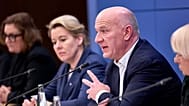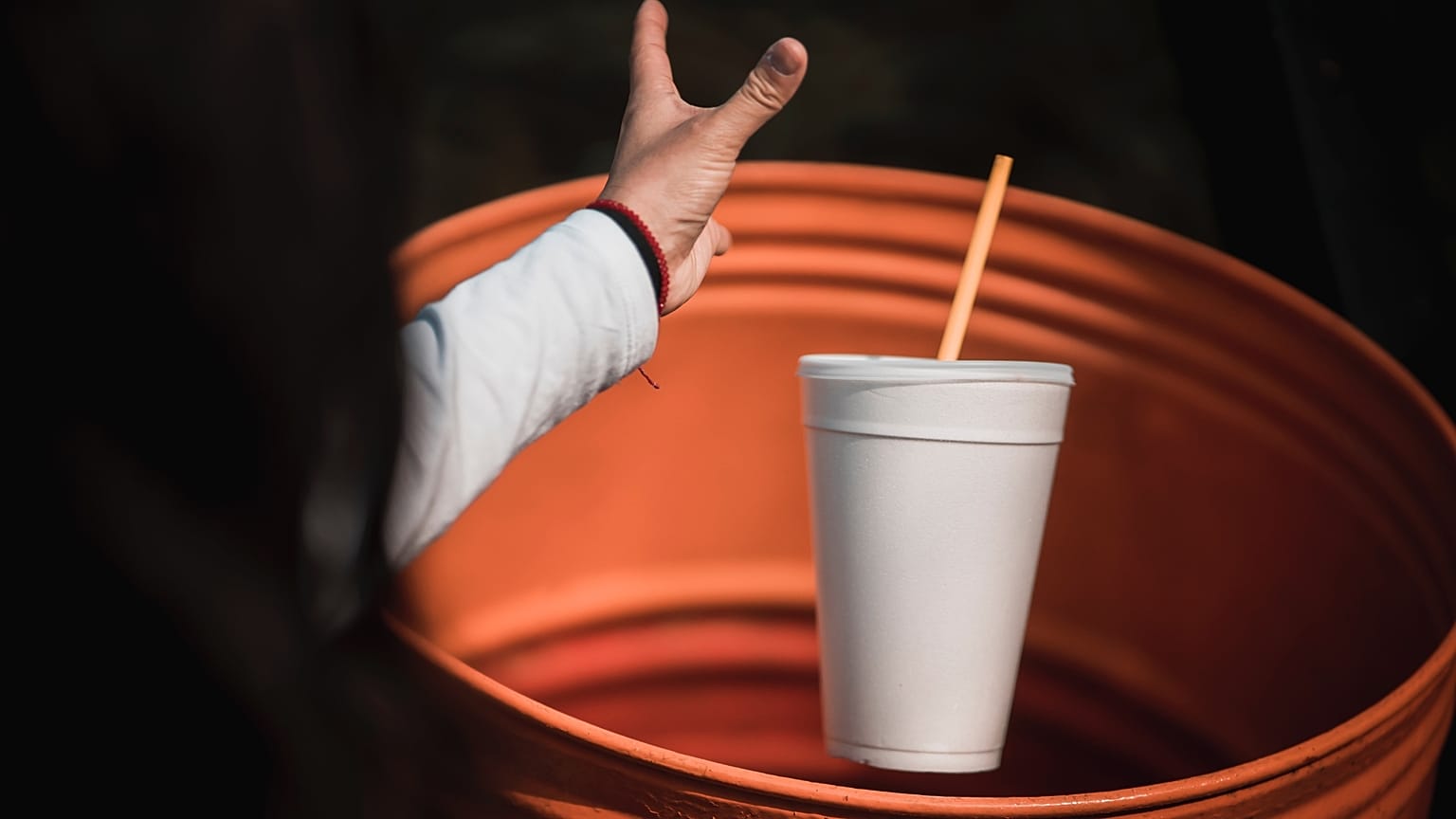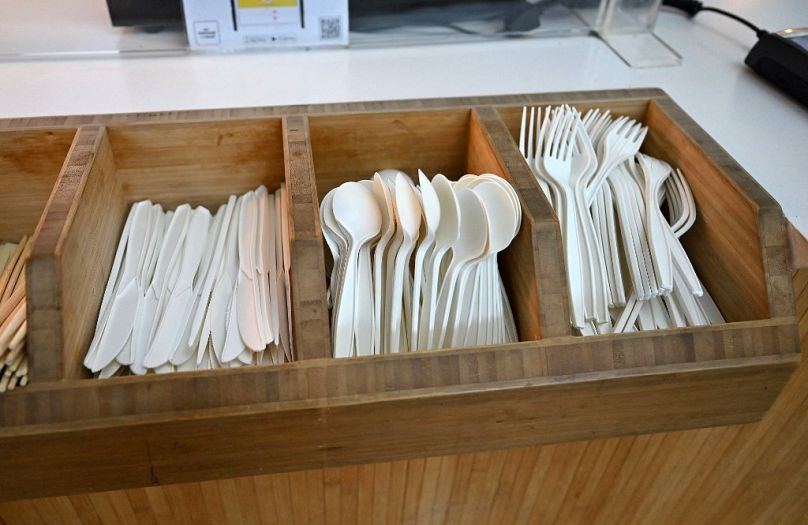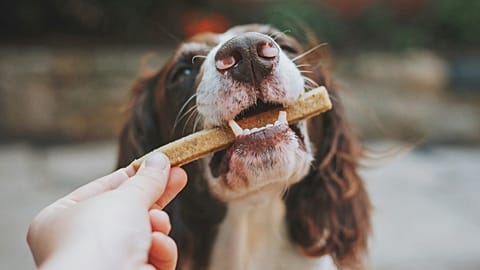Campaigners have warned that the ban leaves out some of the most polluting items.
A ban on some single-use plastic items has just been introduced across England.
It will mean businesses are no longer allowed to supply some items like polystyrene cups and plastic cutlery.
“This new ban is the next big step in our mission to crack down on harmful waste,” said Environment Minister Rebecca Pow.
The government already has “world-leading bans” and taxes on other forms of plastic, she added. The new rules will “protect the environment and help to cut litter - stopping plastic pollution dirtying out streets and threatening our wildlife”.
First announced in January this year, it is part of a goal to eliminate all “avoidable plastic waste” by 2042. The rules across the UK vary with Scotland introducing a similar policy last year and Wales due to introduce a ban later this month.
What is included in England’s single-use plastic ban?
So what is included in the ban? From 1 October, businesses like shops, restaurants and takeaways won’t be able to supply, sell or offer certain single-use plastic items to customers. They could face fines and criminal charges if they don’t comply with the new rules.
The ban includes cutlery, polystyrene cups and food containers, and balloon sticks. It covers all types of single-use plastic including biodegradable, compostable and recycled.
Businesses won’t be able to supply these items even if they have stock left over from before the ban.
There are also restrictions on single-use plastic plates, trays and bowls but takeaways will still be able to use containers, trays and wraps if they are pre-filled or filled at the point of sale. Shelf-ready pre-packaged food items are also excluded from the rules.
And, retailers can still give you a polystyrene lid on your coffee cup as long as the cup itself isn’t made from the material.
It adds to a ban on single-use plastic straws, stirrers and cotton buds that was introduced in 2022. The government says it is planning to ban all plastic packaging later down the line but an exact date hasn’t yet been set.
England uses an estimated 2.7 billion pieces of mostly plastic single-use cutlery and 721 million single-use plates every year. That’s around 37 pieces of cutlery and 18 plates per person.
Just 10 per cent of these items are recycled according to government estimates and the rest can take hundreds of years to degrade in landfills.
How does England’s single-use plastic ban compare to the EU?
City to Sea, one of the charities that helped push for the ban, says that it was “hard won and very slow to come into place”.
It points out that England's measures are being introduced two years after similar rules were mandated across the EU and four years after they were agreed upon by all European institutions.
Some member states have gone even further like France where single-use plastic packaging on more than 30 types of fruit and veg and throwaway packaging for eat-in restaurants have been banned.
Even within the UK, Scotland has moved faster and the ban coming into place in Wales includes more items like single-use plastic bags.
City to Sea also says that, while single-use cutlery is one of the most littered items in England, the main culprits are other plastics like small bottles. These make up almost a quarter of all litter according to estimates by environmental charity Keep Britain Tidy.



















